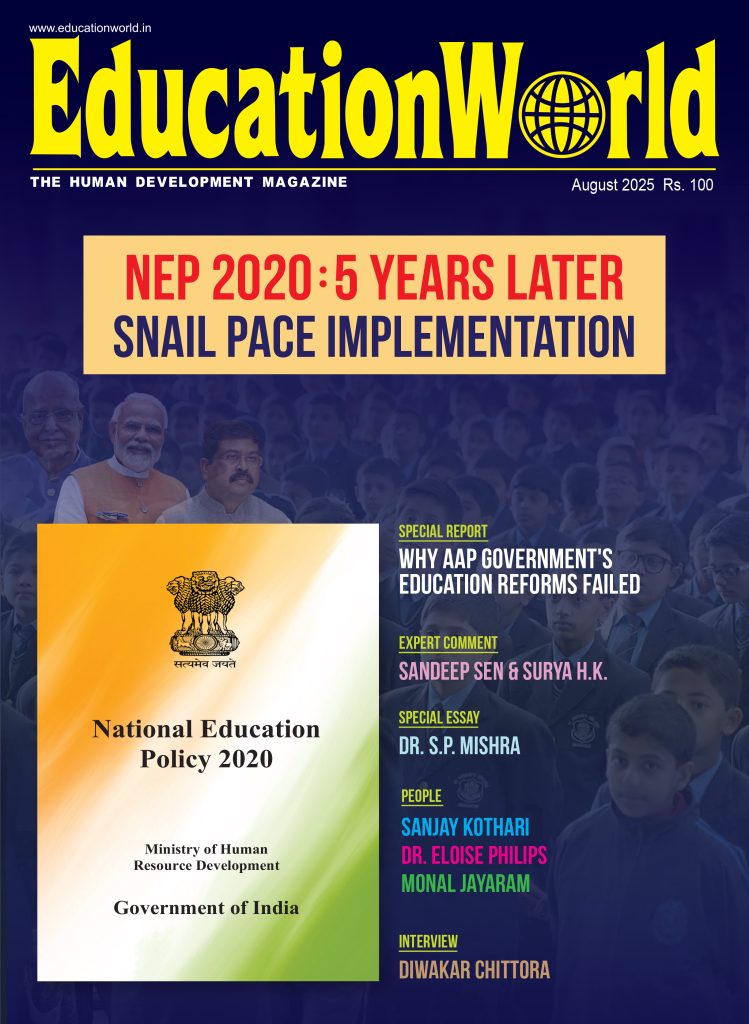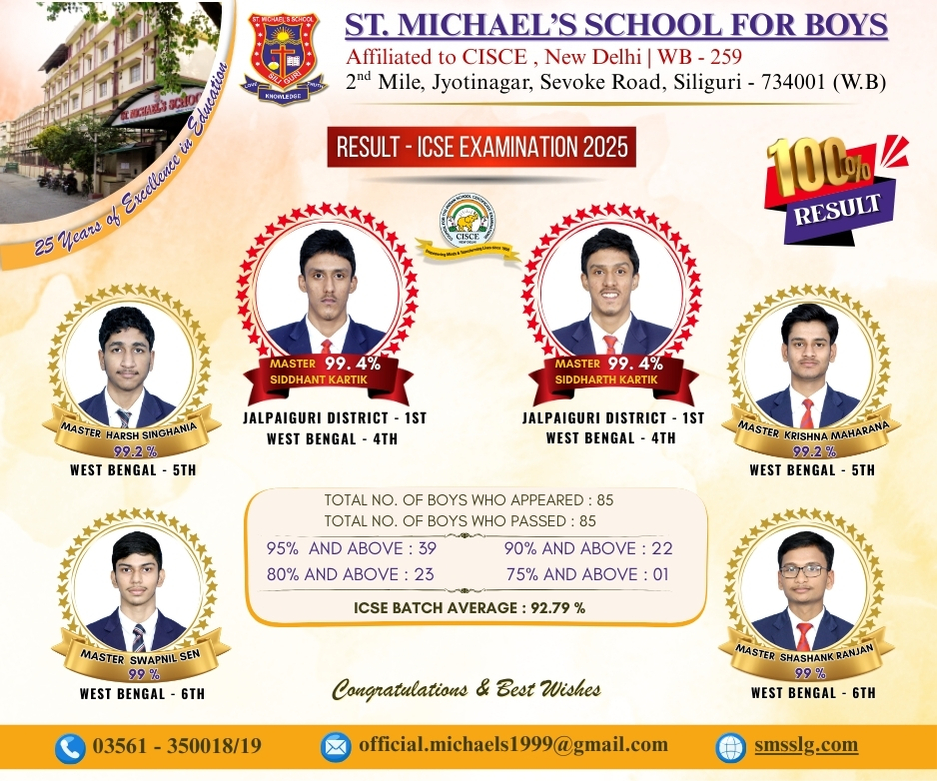Uttar Pradesh: Low priority
Judging by the space given to education in election manifestos of the major political parties contending for the favour of the electorate in the legislative assembly elections of Uttar Pradesh — India’s most populous (215 million) state (which if it were a country would be the fifth most populous worldwide) — scheduled to begin on February 11 and conclude on March 11, all’s well with UP’s education system.
The ruling Samajwadi Party (SP) for instance, which had restricted itself to doling out free laptops to selected students in its five-year tenure, has devoted just half a page to education in its 20-page manifesto, with its reform proposals limited to making all colleges wifi-enabled and improving rock-bottom learning outcomes through use of information technology. To reform school education, the SP manifesto promises improvements in the midday meal scheme and filling up teacher vacancies. Likewise the BJP, which is favoured to win, airily promises wifi campuses, free education upto graduation to all students, and laptops with 1 GB free data for students passing the class XII school-leaving exam with an average of 50 percent plus.
However, the authors of the authoritative Annual Status of Education Report (ASER) 2016, published by the highly respected Mumbai-based NGO Pratham, seem to believe that elementary (class I-VIII) education in India’s most populous Hindi heartland state should be the new government’s top priority. UP tops the list of states with highest out-of-school girls (9.9 percent) and out-of-school children in the 6-14 age group (5.3 percent).
ASER 2016 also highlights that in Lucknow district, 8.2 percent of children are out of school — a higher proportion than the 7 percent out of school in Shravsati, a district ranked 69 (out of 72) on the state’s composite development index. Moreover, only 54.4 percent of 6-14 age children can properly read and understand a class II text compared to 70 percent in the district of Gorakhpur. “It is inexplicable that Lucknow district has fared so badly,” says Sarvendra Vikram Singh, chairperson of the State Council for Educational Research & Training, while declining to question the authenticity of the survey.
The numeracy skills of children in Uttar Pradesh’s rural elementary schools (classes I-VIII) are worse with 11.7 percent of class III children unable to recognise numbers from 1-9, 36.5 percent able to recognise numbers only until 9, and just 28.5 percent able to recognise numbers upto 99. Significantly, in UP’s private schools while 36 percent of class III children can read and understand class II texts, in government schools only 7.2 percent are able to.
Even in terms of infrastructure, UP’s rural schools are way behind. For instance, only 54.8 percent of school toilets are usable against the national average of 68 percent, and only 0.6 percent of rural elementaries are equipped with computers for children’s use against the 20 percent national average. The only good news in the state is that more than 94.7 percent of children in the 6-14 years age group are enrolled in elementary schools. However, of them only 60 percent attend regularly.
These deplorable statistics relating to UP’s rural primary and upper primaries are in consonance with a report of the state’s Commission for Protection of Child Rights which notes that the primary need of government schools is teachers who teach. This yet-to-be-released report is a damning indictment of the callousness of successive state governments towards children in primary education. “Computers remain locked up, textbooks are not distributed until the middle of the academic year, school teachers given clerical tasks don’t show up for classes and corporal punishment is rampant. Great disservice is being done to the cause of public education in the state, and nobody seems to be paying attention”, says a member of the commission.
Clearly, early years education in UP needs more attention than the manifestos of the state’s political parties care to acknowledge.
Puja Awasthi (Lucknow)


















Add comment